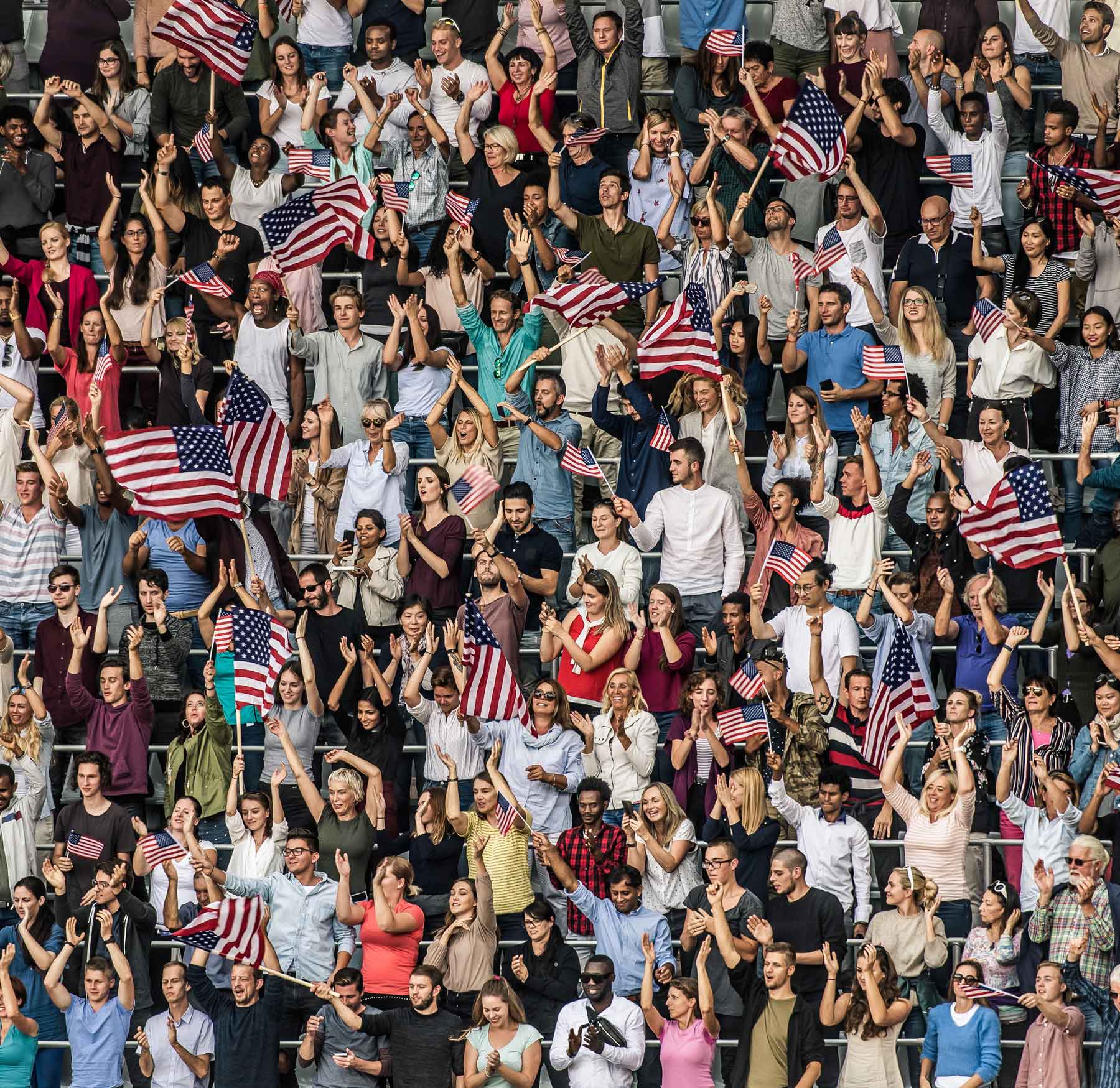For global mobility teams, disruption rarely announces itself. It builds slowly, quietly, in the background of everyday activity. By the time the spotlight turns on, the pressure has already arrived.

The long shadow of a global event
Major international events do not simply reshape a city for a few weeks. They alter patterns of travel, accommodation and access long before the opening ceremony. The World Cup in 2026 will take that effect to a new scale, spanning three countries and more than a dozen cities across North America.
Each host city will feel the pressure in different ways. In some, housing supply will contract months ahead of time as landlords shift towards short-term rentals. In others, consular offices will experience increased traffic from visitors, workers and temporary staff, extending processing times for visas and permits.
Even domestic moves will not be immune, as local infrastructure, transport networks and accommodation providers balance business demand against tourism.
The recoil effect
Experience from events such as Paris 2024 shows that disruption continues long after the final ceremony. Inventory takes time to return; suppliers need to recalibrate and price stability does not reappear overnight. For mobility teams planning moves into or within the United States in late 2026, the recoil period could be as significant as the build-up.
Understanding when and where normal conditions are likely to resume will be essential. For some markets, this may be a matter of weeks; for others, months.

The role of readiness
Resilience in mobility is rarely about prediction. It is about awareness, curiosity and adaptability. The teams best equipped to navigate uncertainty are those that ask early questions and build space into their timelines.
- Which projects or assignments are likely to intersect with host cities in 2026?
- How early should housing searches or lease negotiations begin?
- Where do supplier dependencies exist, and how flexible are those relationships?
- How can cost forecasts be adjusted to account for temporary surges in pricing?
Asking these questions now creates the room to manoeuvre when conditions tighten.
Lessons for the longer term
The 2026 World Cup will not be the last event to challenge the flow of global mobility. Cities will continue to host large-scale gatherings, and each will bring its own set of logistical, economic and human impacts.
By studying these moments, mobility teams can refine their approach to planning, communication and risk management across every future assignment.
Looking forward
K2’s global teams are analysing early indicators from North American host regions to help organisations anticipate how these trends may unfold. From accommodation planning to visa readiness, the insights we gather today will help shape tomorrow’s mobility strategies. When the world arrives, the organisations that act early, stay informed and remain flexible will be the ones that continue to move with confidence.
Download our guide, “When the World Arrives: Planning Relocation Around Global Events”, to explore key considerations for your programme.
Connect with our experts through the contact form to discuss how these insights apply to your organisation.
Join the conversation on LinkedIn and share how your teams are preparing for 2026.

